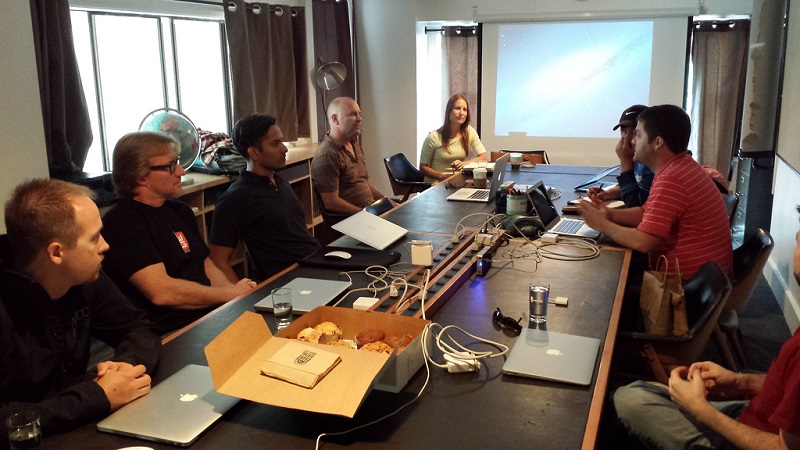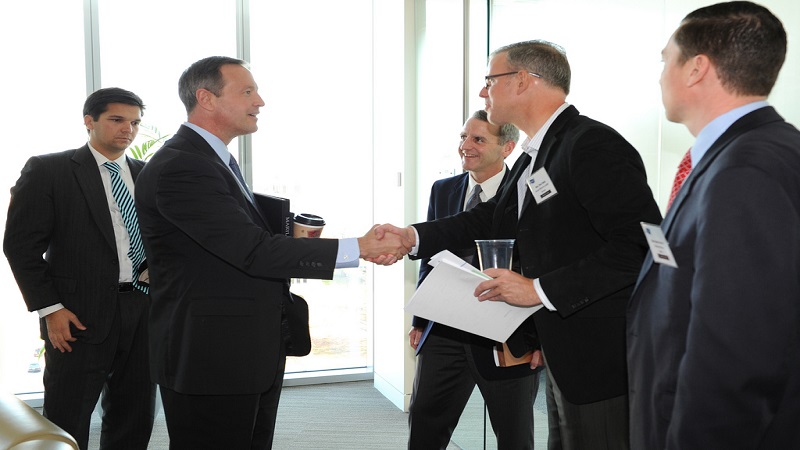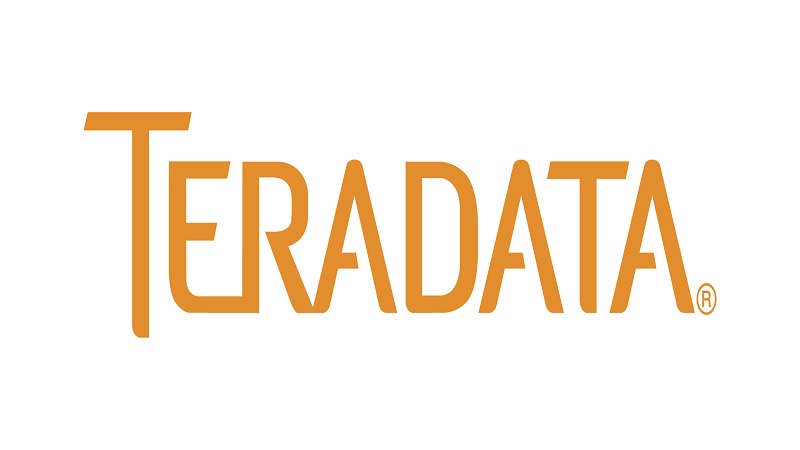Your marketing strategy should be built around not only your brand, but around the ways your ideal customers will want to hear and learn about your brand. And guess what? Customers will want to change these ways often — at a rate that can easily fluster even the most astute marketer. What can you do to not only stay on top of breaking consumer trends, but to integrate that information into an evolutionary marketing strategy that works?
A strategic combination of A) data mining from others’ studies and conversations and B) a proactive approach to gathering your own breaking news, first-hand, will give every marketer what they need to craft a marketing strategy that outruns and outreaches the competition.
Consumer trends start here
How do males, aged 18-35, choose to consume news? How do females, aged 35-50, choose to spend a Saturday evening? What’s more important to a long-distance traveller: efficiency or comfort? And at what time of day are social media users most likely to like, retweet, comment and share?
These are just a few examples of questions that might help to reveal the latest in consumer trends.
And the answers are crucial. Why? Because those answers will help you to build and maintain a marketing strategy that speaks directly to them, solves their problems, predicts their challenge; all delivered in a package they find desirable.
- Step 1: Subscribe to trend-updating publications: There are professionals out there who have made careers from predicting the future behaviour of consumers, based on current trends and rising needs. In essence, they are in the business of “futures.” Not every prediction will be realised. Not every “coolest” thing will catch on. However, the chances of you getting an inside line to what’s up-and-coming any other way are slim. I suggest Trend Hunter to get started.
- Step 2: Mine data from existing research: You probably already know that it’s imperative to conduct extensive research into the behaviour, problems and preferences of the ideal client; however, did you also know that the same should be done for consumers, in general? If consumers are moving toward full telepresence (Skype, Facetime, Hololens, Oculus Rift) and away from audio-only communications (phone, GoToMeeting), then you can reasonably expect your target audience to follow—unless, of course, their collective set of values is in opposition to that move. Factors such as age, career and lifestyle will play parts in deciding if any consumer trend will apply to your target audience, and it’s up to you to decide what’s in and what’s out for them.
- Step 3: Keep an eye on the competition: Too many marketers use this advice in the wrong way. Don’t be that marketer. Instead, see what the competition is doing that its customers are responding to, then take the net result of that action and find a different, trendier way to deliver it. For example, if Acme Settlements is offering a 30-minute consultation over the phone, and experiencing an impressive buy-in rate as a result, look into consumer trends to find out how people of your target audience’s demographic prefer to communicate today—not yesterday. The phone serves its purpose, but isn’t there a better, more preferential way? The best marketer (a.k.a. consumer trend researcher) will find that way.
- Step 4: Follow ideal clients’ daily routine: As marketers, we are lucky enough to be privy to nearly everything everyone does every day (thanks to social media). This means that we have lots of opportunities to step into someone’s shoes, learn about how they choose to gather and digest information, and then deliver marketing messages that feed those needs.
- Step 5: Make your marketing strategy a living, breathing entity: No marketing strategy can be stagnant and Every consumer trend should affect every client’s marketing strategy in a unique way: no consumer trend will play out the same way in two different marketing strategies. It’s up to you to decide (or experiment and then decide) what trends are likely to catch on within your target audience. You can even be the first to make it catch on…if you feel that all the conditions are right for the adoption of that trend within that niche. In this instance, it’s always better to be first than last.
Always remember: your marketing strategy is never simply about getting the message out there; it’s more about getting a message out there in a way that will attract attention, keep it and win over the ideal client.
Consumer trends are not only playing a big role in today’s marketing strategies, they are becoming utterly indispensable when creating and maintaining those strategies.
Are you willing to start following consumer trends? Or would you like to learn more about how to do it more efficiently and effectively? Then contact the marketing experts at How to Build a Brand.
Sammy Blindell is a brand psychologist specialising in brand strategy, design and communication. She uses her decades of experience in colour psychology, graphic design, marketing and online strategy to assist entrepreneurs in gaining industry authority.










